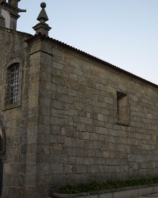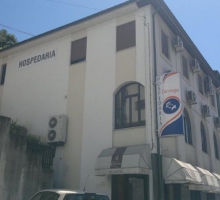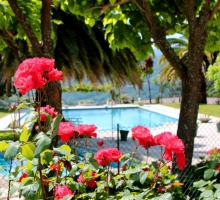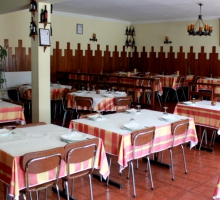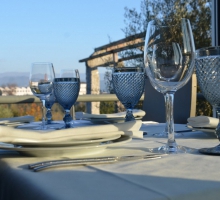Soalhães was a territory particularly coveted by medieval nobility. The importance of this land required its masters would take the toponym for their surname, as in the case of D. João Martins, called “of Soalhães”, bishop of Lisbon and archbishop of Braga.
However, there are few traces of the Romanesque left in plain sight, due to the deep intervention the Church underwent in the 18th century. Its main portal, dating back to the 14th century, features a proto-Gothic organization, confirmed by the absence of the tympanum and the naturalistic nature of its capitals. Although the oculus of the portal received an arrangement during the 18th century intervention, the truth is that this did not happen inside the building, where we can still appreciate a frame punctuated by pearls, a motif fairly widespread throughout the Romanesque architecture of the basins of the Douro and Tâmega.
Inside, a tomb from the 13th or 14th century, sheltered by arcosolium in the chancel, on the right, coexists with a profusion of colours and materials that bear witness to a somehow eccentric investment in tile panels, made of wood in polychrome medium relief, and in the gilded ornamentation which goes beyond the altars themselves.
Location: Marco de Canaveses
